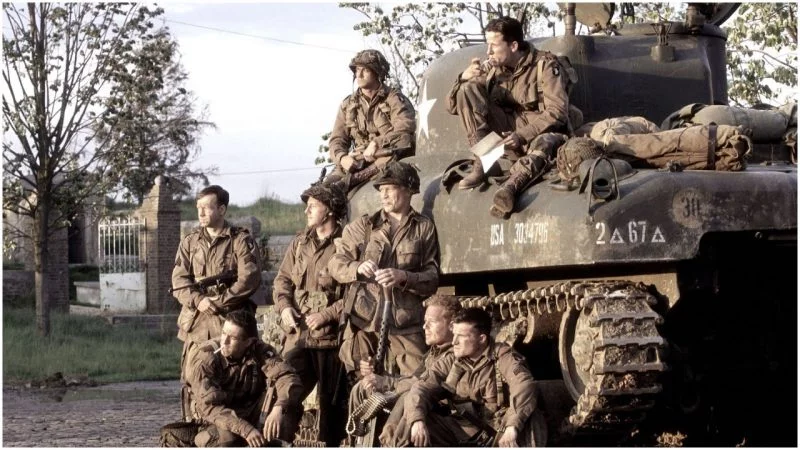The TV miniseries Band of Brothers was nominated for 20 Primetime Emmy Awards. The show is entertaining, although it has issues with historical accuracy. One scene that makes people question the historical accuracy of the show is in the episode “Why We Fight.”
In the episode, Easy Company come across a concentration camp. They want to gather food and water for the survivors, but they are stopped by the battalion surgeon and Colonel Sink.

They are told that the prisoners will have to remain in the closed concentration camp, which is what happens in the show. The question this raises is whether Allied troops actually did this after the concentration camps were liberated.
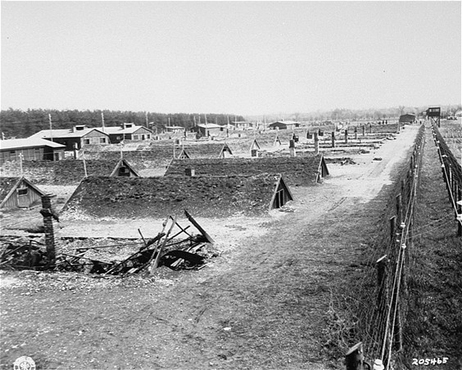
While Band of Brothers is dramatized and carries an exaggerated rhetoric of the war, this scenario did actually occur. After the war, liberated prisoners were made to stay where they had been found by Allied troops.
There are many reasons for this, and the dramatized portrayal of this in the series is not completely accurate. There are no reports or documents which show that the prisoners were locked in the camps as is shown in the series.
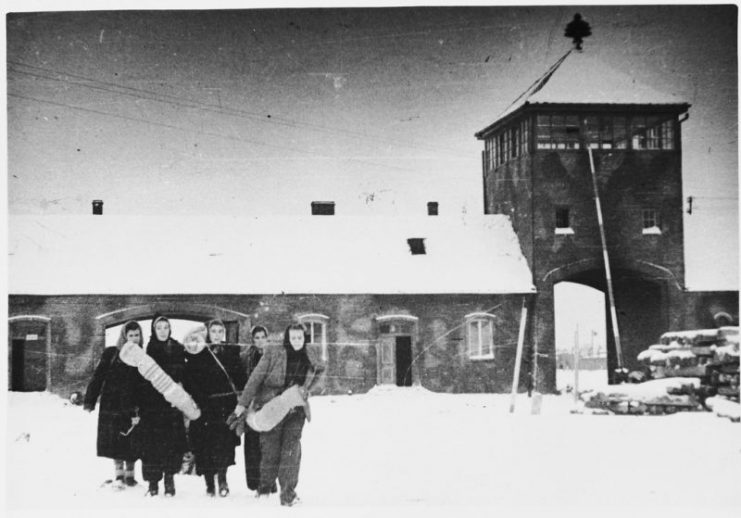
When liberation first occurred, the prisoners were allowed to leave the camps. This would have seemed the most humane action to take, but there were consequences.
An example of these consequences is the case of Ludwigsburg, where Polish forced laborers were liberated from a camp. The laborers went on to set fire to the houses of people who had exploited them.
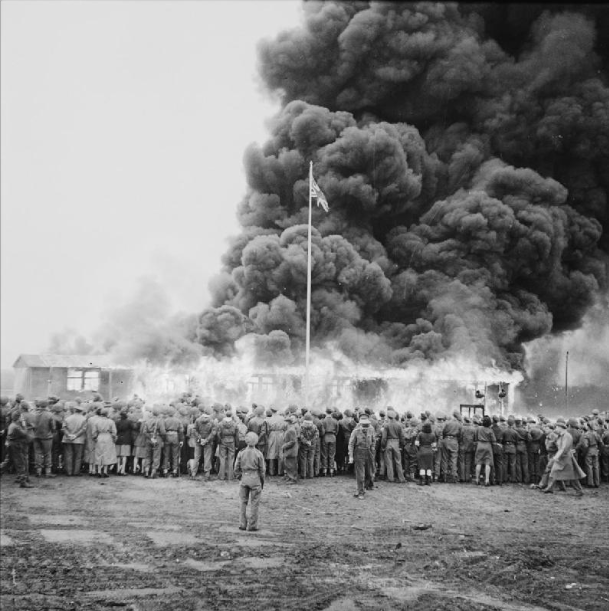
Another example is the revenge killings in the concentration camp Dachau. When American soldiers liberated the camp, they rounded up the remaining German guards. There are several accounts of prisoners beating their former captors to death before the American troops could organize them.
It may have been believed that these attacks would continue should the prisoners be allowed to leave.
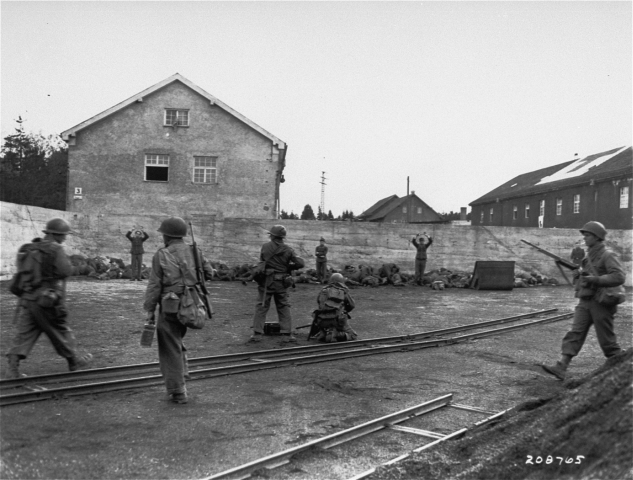
In Band of Brothers, the battalion surgeon states that the prisoners needed to remain so their recovery could be better monitored. This is another reason why Allied troops wanted prisoners to remain in the camps.
The conditions that the prisoners were kept under led to a loss in the ability to properly digest food. When liberating soldiers offered prisoners something to eat, they were often too weak to digest it and died soon after. Medical staff had to develop special concoctions which were easily digested and nutrient dense.
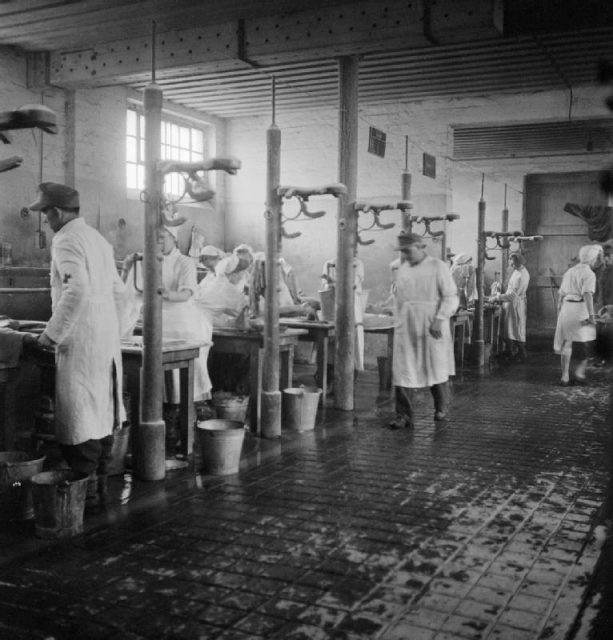
If the prisoners were allowed to leave the camps right away, they would not have access to those foods. While keeping the prisoners in the camps would be a hard decision, it would have had the potential to save more lives.
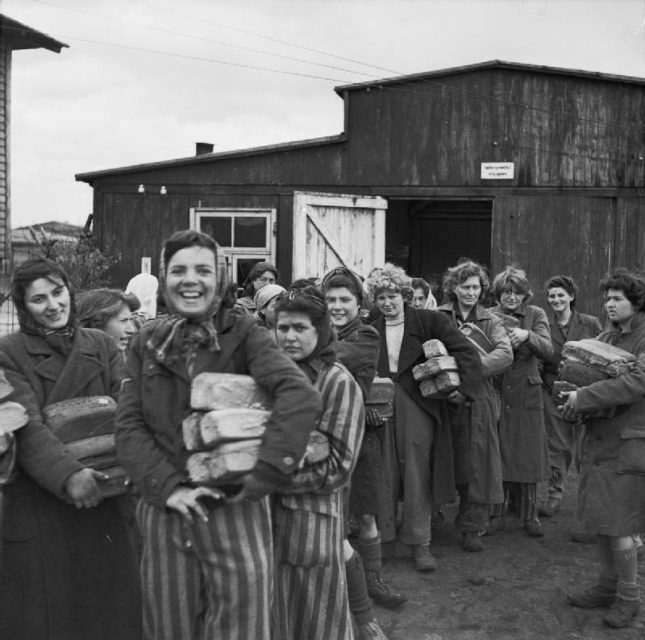
It was not only the prisoners’ inability to digest food which needed to be addressed by liberating forces. The conditions in the camps bred diseases. When the British liberated Bergen-Belsen, they found approximately 50,000 prisoners of which 20,000 were critically or seriously ill, particularly with typhus.
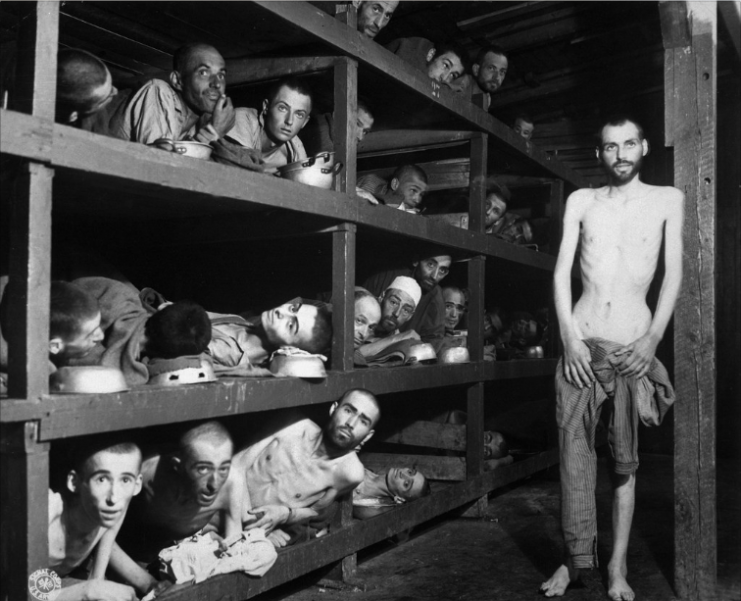
Keeping the prisoners in the camps ensured that Allied medical staff would be able to treat them as best they could. It would also limit the potential spread of disease from the camps to the rest of liberated Germany.
The wellbeing of the prisoners would have been among the main reasons to keep them in the camps. There are other reasons, which could include the lack of supplies and housing in Germany at the point of liberation.
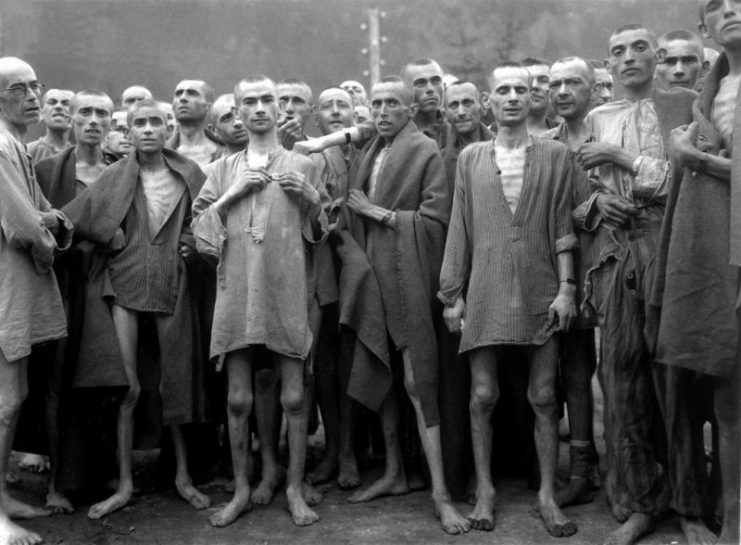
Years of bombing and destruction to the country had resulted in housing shortages for the general population after the war. If the prisoners were immediately released from the camps, they would have nowhere to go.
Returning home was also not an option for many prisoners as they had no surviving family or their countries were rife with anti-Semitism.
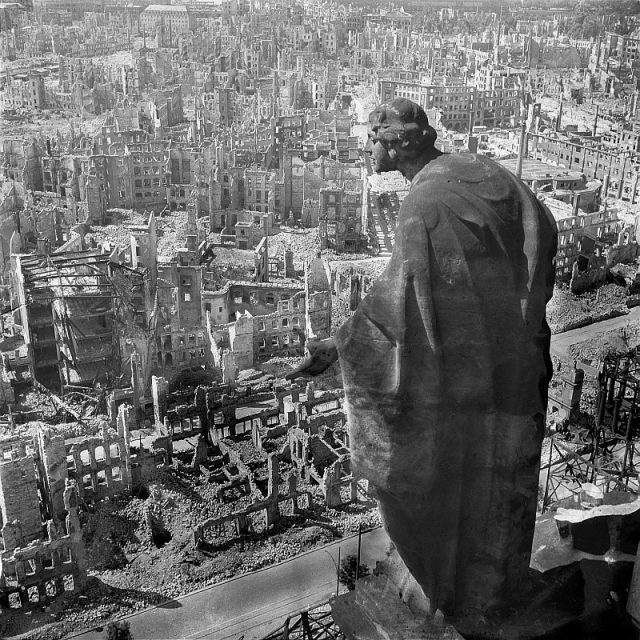
There are some people who would argue that having sufficient reasons to keep the prisoners in the camps does not necessarily mean it happened. While there is logic to this argument, there is proof that this occurred.
The most important proof is the Harrison Report, the result of an investigation into the treatment of concentration camp prisoners after their release. The investigation was led by Earl G. Harrison for the investigative committee set up by U.S. President Harry Truman. The report states that the prisoners were still in concentration camps, guarded only by Allied military instead of SS troops.
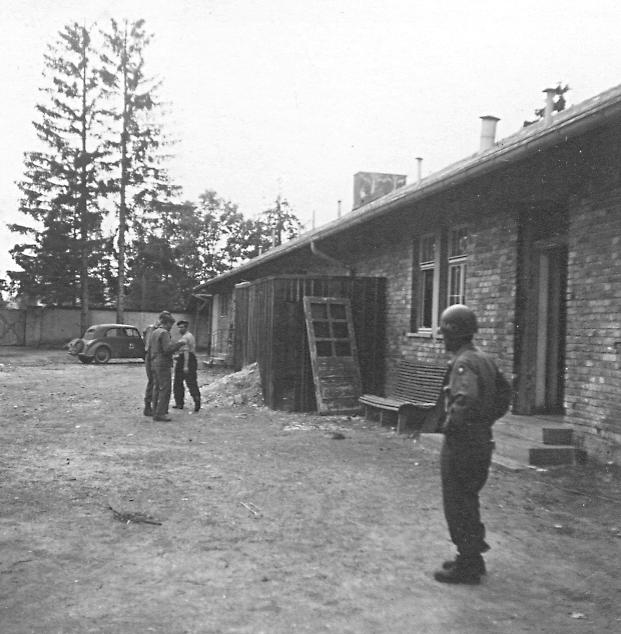
Read another story from us: 5 Little Known Facts about Easy Company “Band of Brothers”
The conditions described in the Harrison Report are slightly different than what is portrayed in Band of Brothers.
The primary difference is that the camps in the report were resettlement camps and not the original concentration camps used by the Germans. This might be a small detail, but it does put a different slant on the portrayal in the show.
